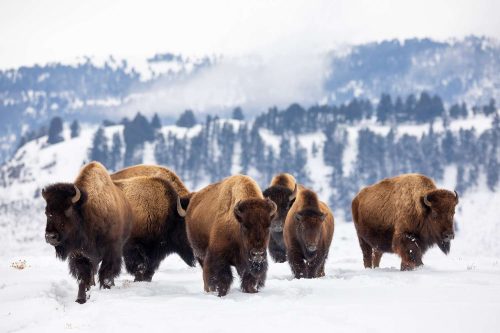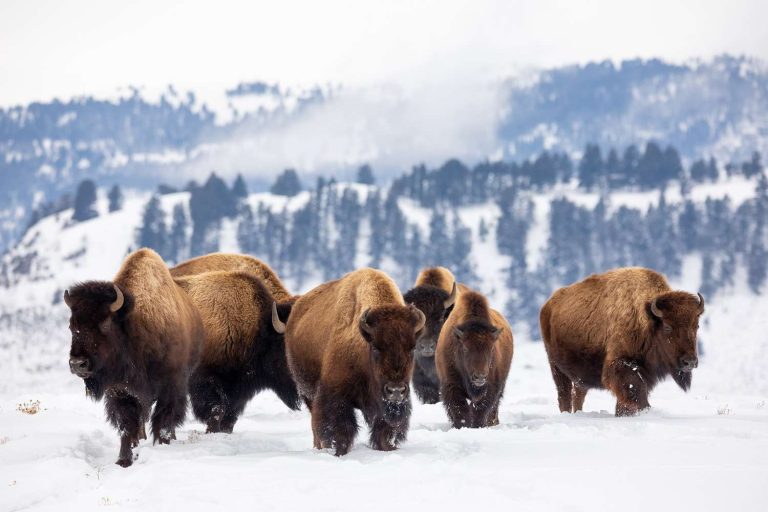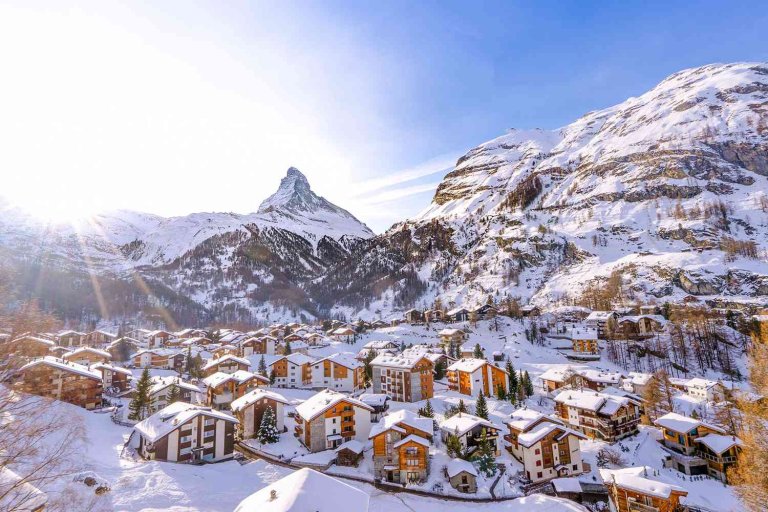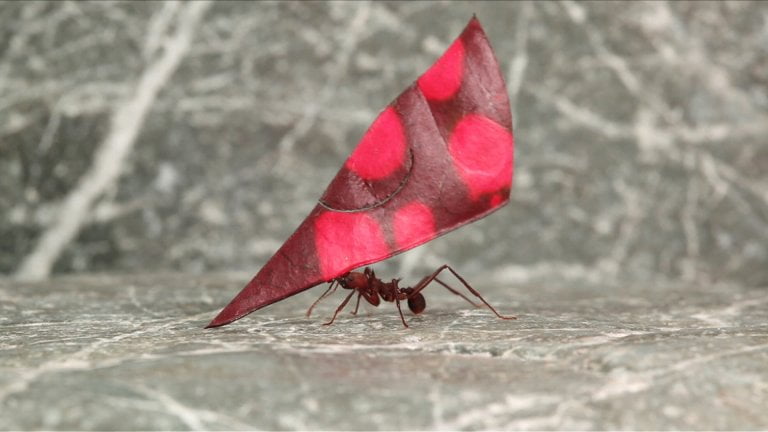One of the world’s most fascinating big cats, the snow leopard (Panthera uncia), is also one of the most elusive and difficult to see. It is classified under the Felidae family and the Panthera genus within that family. It is native to the mountainous regions of Central Asia, where the average elevation ranges from 3,000 to 4,500 meters. However, just like many other huge animals, this cat is on the verge of extinction. Peter Matthiessen is one of the first people who had a chance to see a snow leopard. He has a beautiful book, “The Snow Leopard,” that you should read!
A typical snow leopard is between 1.2 and 1.5 meters long, weighs between 27 and 54 kilograms, and has a tail that is approximately 91 centimeters in length. Their coats are dense and a light whitish-gray color overall, with darker blackish gray patches throughout. Because of its fur’s color, it can blend well in rocky terrain. Additionally, because their paws are so broad and hairy, they are able to avoid sinking into the snow.
When is the best time to snow leopards?
In general, the best times to spot a snow leopard are early in the morning and just before dusk. Hunting mountain goats, rabbits, marmots, and even certain types of fowl is how they get their food. About 20 years is considered to be their typical lifespan.
Because their natural habitats are limited, snow leopards must sometimes venture into areas where people are engaged in agriculture and livestock in order to find food. When this occurs, they will inevitably come face to face with humans. Snow leopards live in mountainous regions that are difficult for humans to access. The habitats of snow leopards are becoming more restricted as a direct result of human activities such as tourism, agriculture, animal husbandry, mining, activities associated with transportation, civil wars, and poaching. The snow leopard is in danger of several causes, one of which is an alteration in the global climate.
It is estimated that 2,700 and 3,400 snow leopards still exist in the wild today. To ensure the species’ survival, numerous researchers and organizations dedicated to preserving nature have collaborated to develop and carry out a variety of conservation projects. Because the conservation of wildlife involves a social process in addition to a scientific one, it is necessary for the people who live in the region to work together with conservation initiatives for those programs to be successful.
If you like this video, you should also watch "Cheetahs on the Edge."










